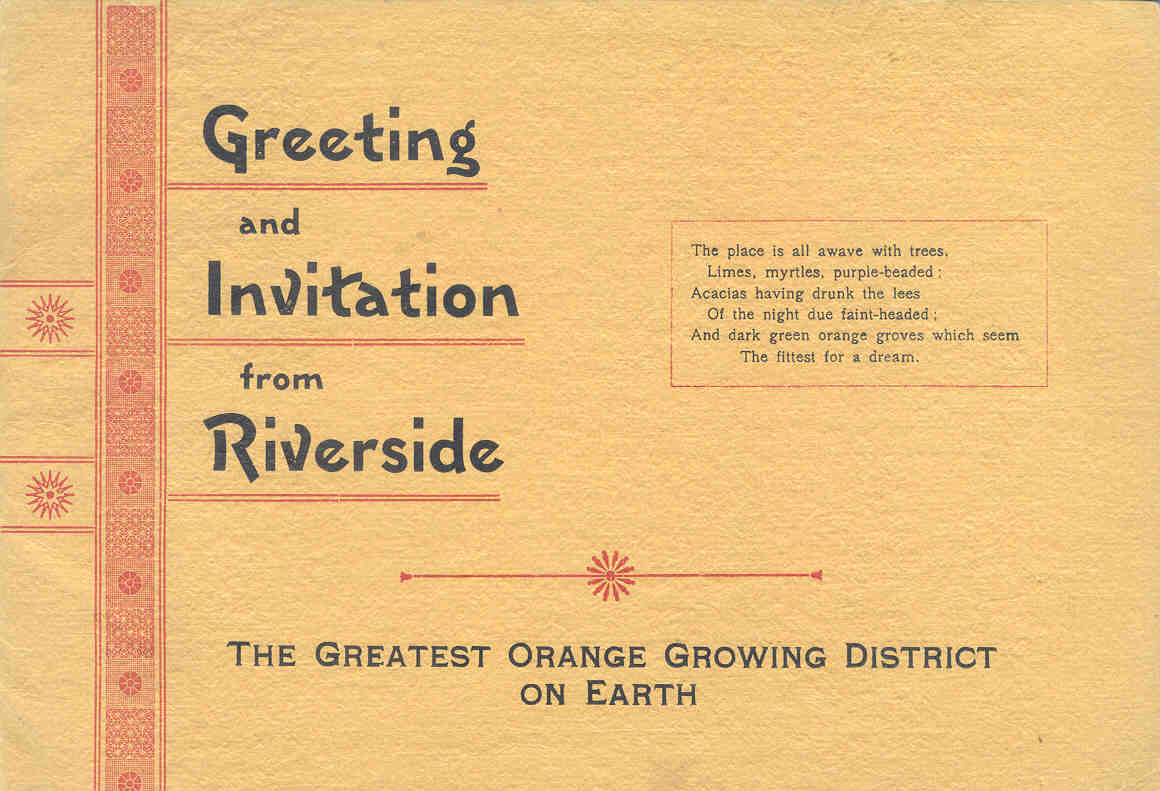

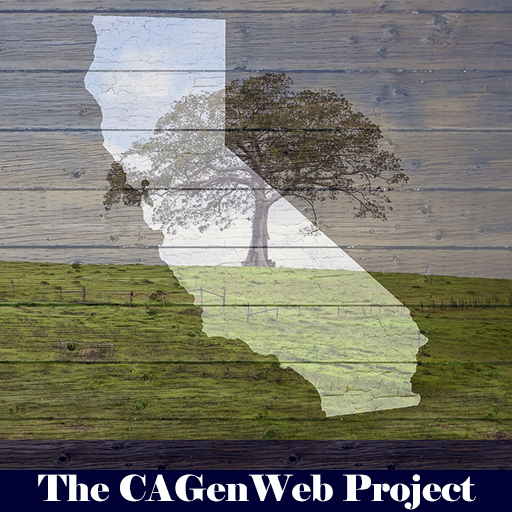 |
A Branch ofThe CAGenWeb Projectand ofThe USGenWeb Project |
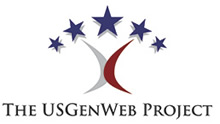 |
My name is Steve Lech. I have been the coordinator for The Riverside County CAGenWeb Project since 1998. While I am a park planner by profession, I am a local historian by heart. Over the past 25 years, I have amassed a collection of nearly 500 books relating to Riverside, Riverside County, Southern California, and, to a lesser extent, San Bernardino County. In addition, I have nearly 4,000 post cards of Riverside, the Mission Inn, and Riverside County. That said, I would be more than happy to look up information in my collection that you may need in reference to your research into Riverside County. While I am more than happy to look things up in my own collection, I am unable to conduct individual research at the local library, LDS Family History Center, or county offices.
I'd like to thank the previous coordinator, Bonnie Hensel (1996-1998), for her efforts in getting this site up and running during the project's fledgling years.
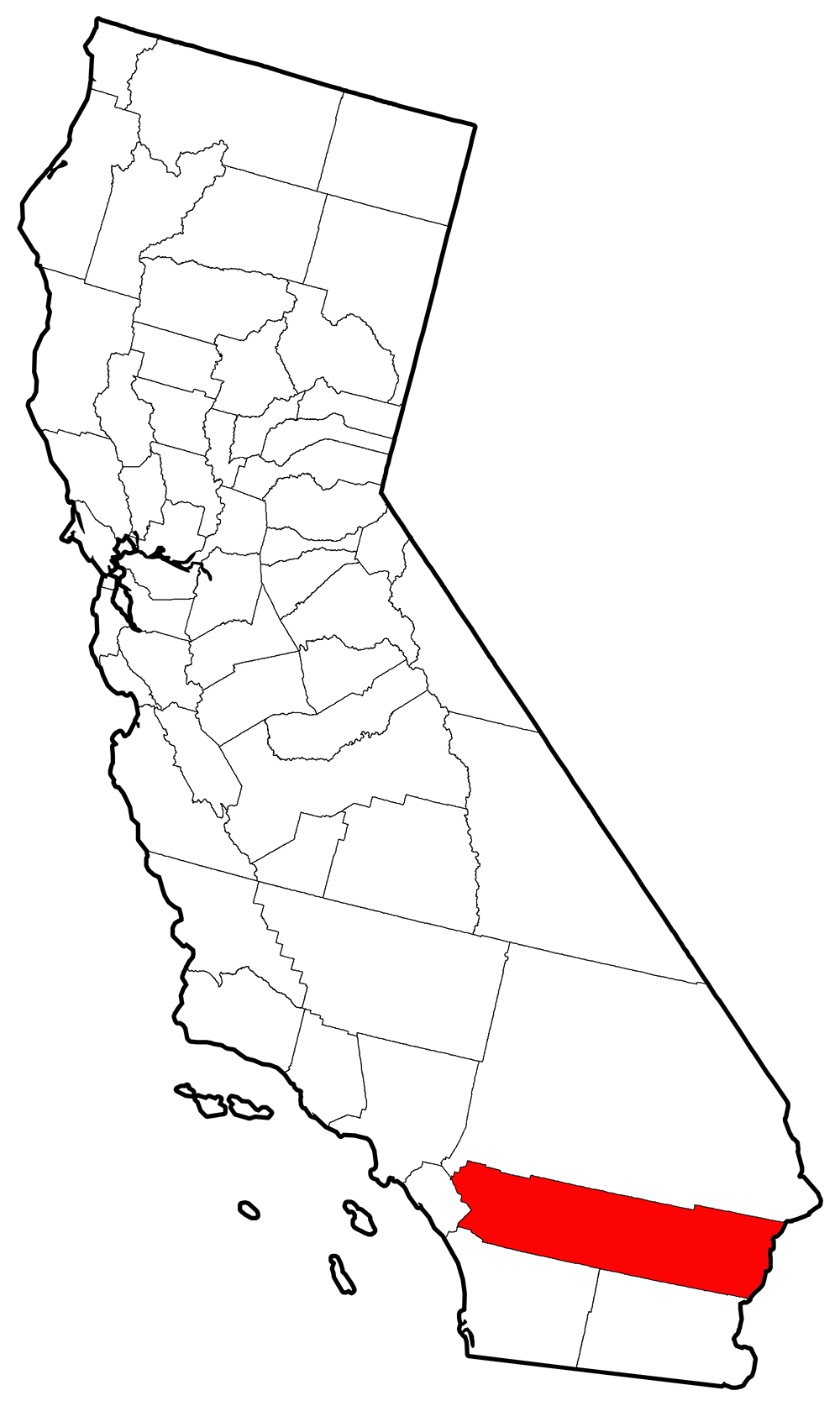 |
Neighboring Counties: Orange (west) |
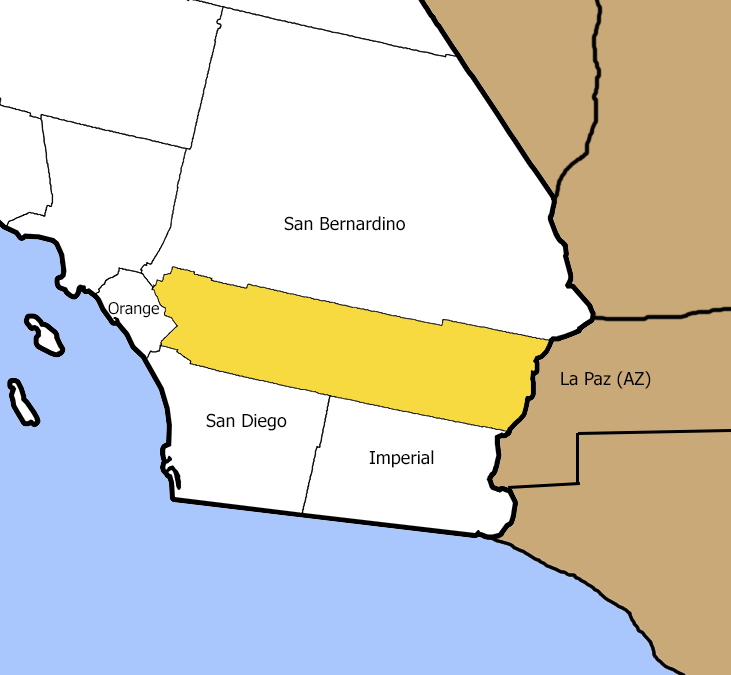 |
Follow this link to see if the city or area in which you are interested is in Riverside County:
Riverside County Cities/Communities
Follow this link to read or post a query about an ancestor in Riverside County:
Riverside County Query Page (at Ancestry.com)
Follow this link to see the list of volunteers willing to do lookups for Riverside County:
Follow this link to go to the Riverside County Family and Genealogies Page:
Riverside County Family and Genealogies Page
Here is a link to Riverside County cemetery records which have been transcribed and placed on the web:
Riverside County Cemetery Records (at Find a Grave)
Finally, follow this link to go to the
listing of Genealogical and Historical Societies within both
Riverside and San Bernardino Counties:
Riverside/San Bernardino Genealogical and Historical Societies
![]()
Riverside County Assessor - Clerk - Recorder
for Vital statistics (Birth, Death, Marriage records, etc.)
2724 Gateway Drive
PO Box 751
Riverside, CA 92502
(951) 486-7000
|
Ancestry.com |
|
|
|
CAGenWeb County Index |
|
Riverside County was formed in 1893 by carving out a small portion of San Bernardino County and a larger part of San Diego County.
Long before the arrival of the white man in what is now Riverside County, the area was inhabited by a number of Native American people, including the Serranos, the Luisenos, the Cupenos, the Chemehuevi, and the Cahuillas.
When Spain claimed California for it's own, the Spaniards began putting a series of missions in what was then called Alta California. While no missions were ever built in what would become Riverside County, the Riverside County area played a vital role during the mission period. The San Gabriel mission claimed lands in what is now Jurupa, Riverside, San Jacinto, and the San Gorgonio Pass, while the San Luis Rey mission claimed land in what is now Lake Elsinore, Temecula, and Murrieta. These lands were used for grazing of the large herds of cattle and sheep that belonged to the missions. In 1776, and again in 1778, Juan Bautista de Anza, an army captain charged with discovering an overland route from the Mexican state of Sonora to San Gabriel and Los Angeles, passed through much of Riverside County and described fertile valleys, lakes and sub-desert areas.
The Mission Period lasted until 1832, when Mexico, having taken over California from Spain 10 years earlier, desecularized the missions, and began doling out the vast mission holdings to political favorites, wealthy people, and cronies of the governors of California. The "grants" were called ranchos, and many of the ranchos in Riverside County have lent their names to modern-day locales - Jurupa, San Jacinto, San Gorgonio, Temecula, and La Laguna (Lake Elsinore).
With the advent of the transcontinental railroad in 1869, land speculators, developers, and colonists began to swarm to Southern California. The first colony in what would become Riverside County was Riverside itself. Judge John Wesley North, a staunch temperance-minded abolitionist from Tennessee who was ostracized back home after he talked a crowd out of lynching a black man, brought a group of associates and co-investors out to Southern California, and founded Riverside on part of the Jurupa Rancho. A few years after, the navel orange was planted and found to be such a success that full-scale planting started. By the time of Riverside County's formation, Riverside had grown to become the wealthiest city per capita in the country, due to the riches of the navel orange.
In the meantime, developments at Lake Elsinore, San Jacinto, and South Riverside (present-day Corona) were gaining in popularity and population.
However, by the late 1880's and early 1890's, there was growing discontent between Riverside and San Bernardino, its neighbor 10 miles to the north. To begin with, there were many political, spiritual, and economic differences between the two towns. San Bernardino was predominantly Democratic in nature, allowed saloons, and had been a hot-bed of secessionist sympathy during the Civil War. Riverside was temperance minded (few saloons if any were allowed in Riverside proper), and Republican. In addition, both towns were competing for settlers in an era in which many towns were languishing or dying because of a lack of inhabitants. After a series of instances in which charges were claimed about unfair use of tax monies to the benefit of the City of San Bernardino only, several people from Riverside decided to investigate the possibility of a new county. Joined by San Diego County residents in the Temecula and San Jacinto Valleys and the desert region who were tired of living so far from their county seat, they petitioned the State legislature, held an election, and on May 9, 1893 formed Riverside County.
Further developments in Riverside County included Banning and Beaumont in the San Gorgonio Pass; Hemet south of San Jacinto; Moreno Valley east of Riverside; Perris, Lake Elsinore, Murrieta and Temecula along the California Southern Railroad; Palm Springs, Palm Desert, Indio and Coachella along the Southern Pacific route to Yuma; and Blythe on the Colorado River.
Today, Riverside County encompasses an area of nearly 7,200 square miles, and boasts a population of 1.3 million people. Over the last decade, it has consistently been one of the, if not the, fastest growing areas in the country.
This page was updated last on 27 Jan 2019.
© 2019 Steve Lech on behalf of The CAGenWeb Project. All Rights Reserved.